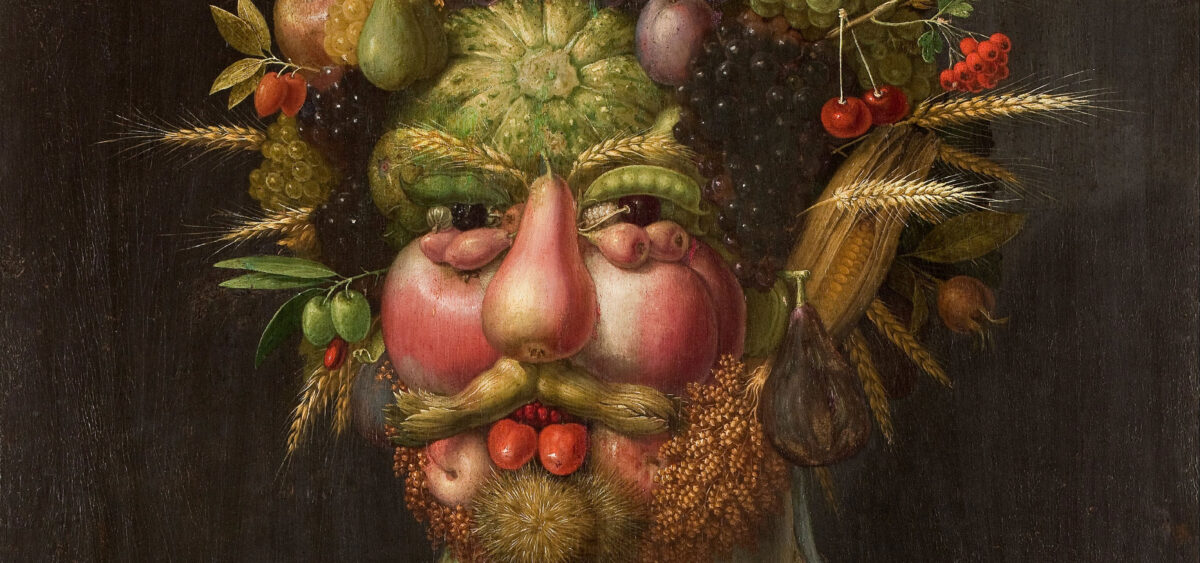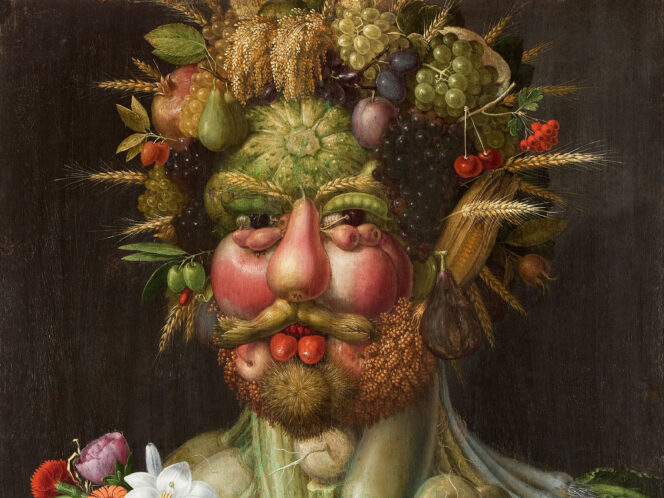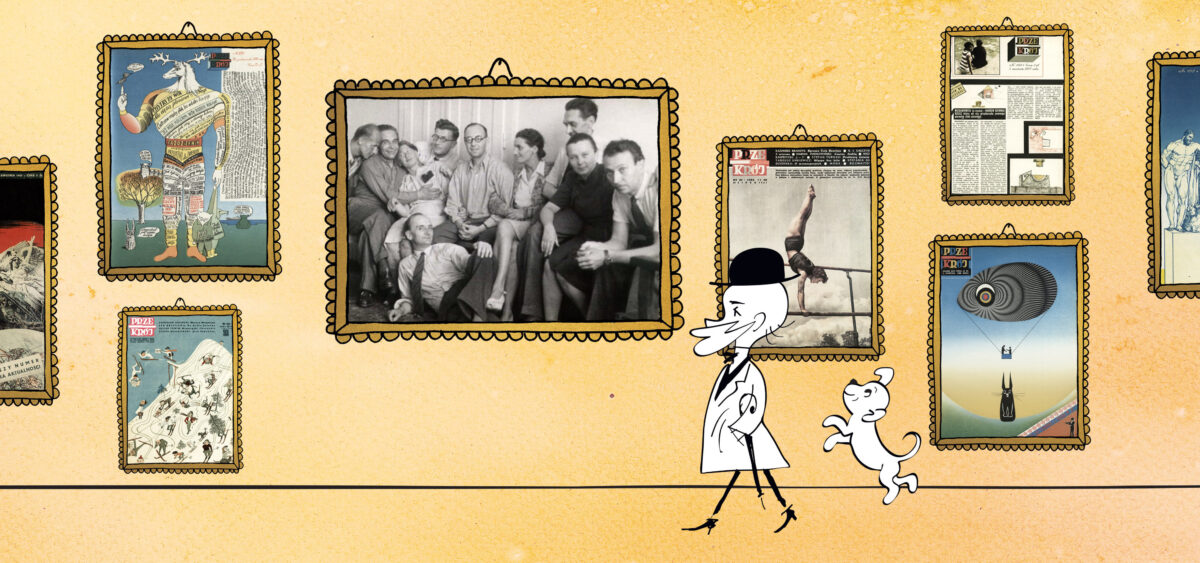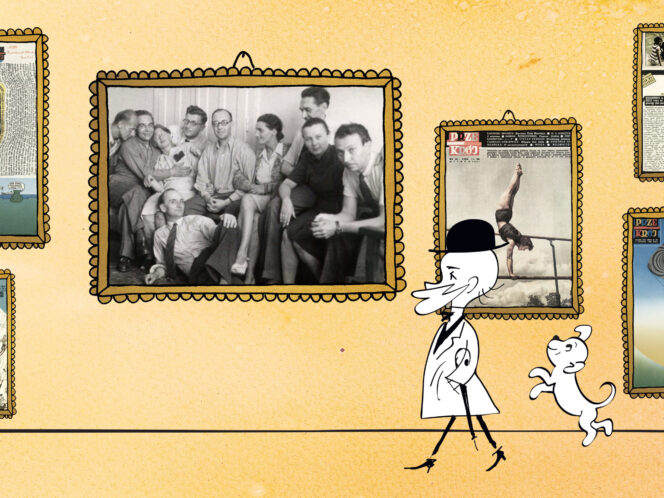
The maps from the time of Rudolf II, Holy Roman Emperor situate Prague in the symbolic heart of Europe. Surrounded by artists and scholars, the ruler tried to unite the disintegrating world with the help of alchemy.
In 1583, Rudolf II Habsburg moved the capital of the Holy Roman Empire from the Hofburg in Vienna to Prague’s Hradčany. Despite the plague, the inhabitants of Prague enthusiastically welcomed the retinue of their king. The twenty thousand victims that the plague claimed in that crucial year made up a third of the city’s population. The relocation of the court coincided with the carnival, when the population could indulge all the whims of the body. Eros and Death performed in a joint procession in honor of the new ruler. Is it possible to imagine a better prelude to a reign in which Prague would become a great laboratory for studying the nature of life and searching for the elixir of immortality?
The Capital of Openness
Rudolf first left Vienna at the age of eleven, when his mother sent him to the Spanish court of his uncle Philip II. Descended from the Spanish line of the Habsburgs, Maria wanted her son to learn her native etiquette and receive a Catholic education away from the Protestant influence tolerated at the Viennese court by Emperor Maximilian II. It was only partially successful. During his eight years at the Madrid court, the future ruler acquired stiff manners, but his participation in the auto-da-fé—the execution crowning the inquisitorial trial against the Protestants—discouraged the sensitive young man from the Catholic bigotry. Until the end of his life, he remained indifferent to matters of religion, but he became interested in the teachings of his uncle, an expert in art and philosophy. The prince’s horizons were further broadened by his time spent in Toledo, where the traditions of Arab scholars, Jewish mystics, and Christian alchemists intersected.
On his return to Vienna, the heir to the throne absorbed the intellectual atmosphere at the court of his father, who was a patron of the prominent figures of late humanism. The Frenchman Carolus Clusius and the Italian Pierandrea Matthioli studied botany here, and the eminent English mathematician John Dee, a famous magician and owner of the largest private library of the time, dedicated his work Monas Hieroglyphica








